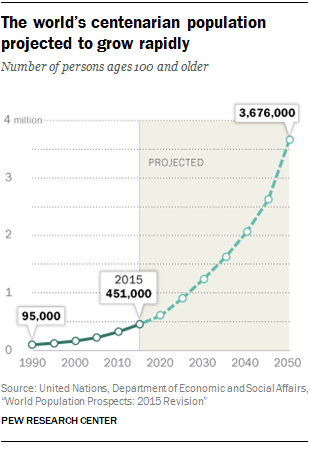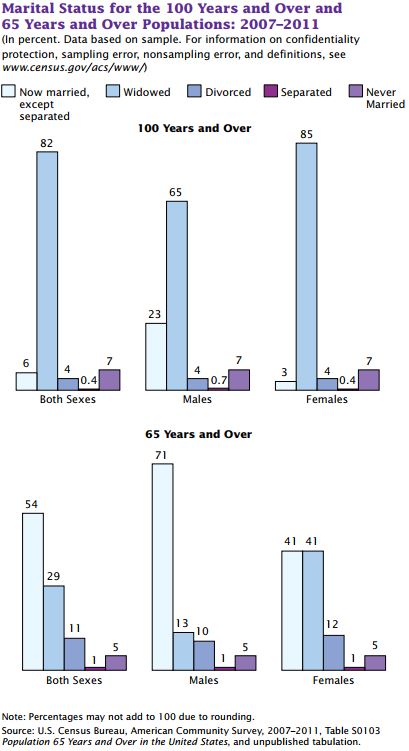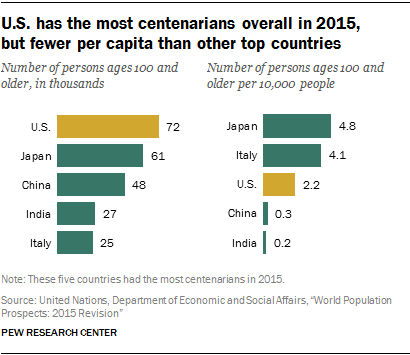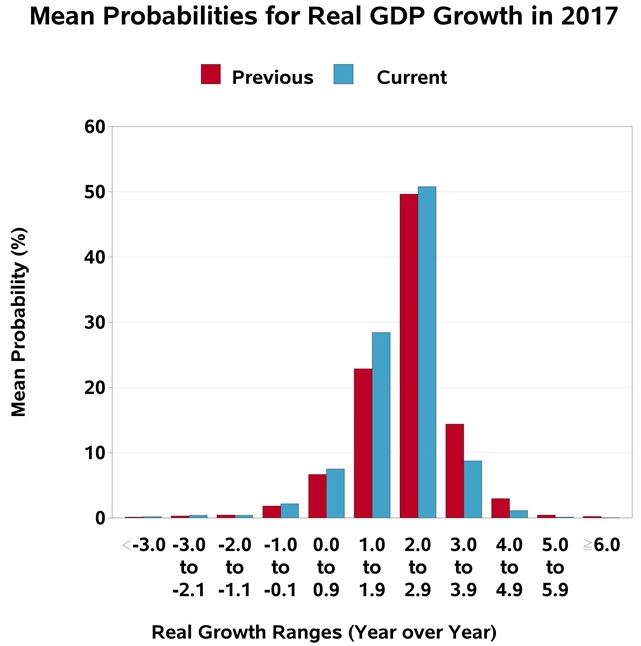Today markes the 100th day since the shelter-in-place in the northern California Bay Area, with some interesting reflections in The San Francisico Chronicle on what happened – and going forward:
Wednesday will mark 100 days since shelter-in-place orders were issued on March 17. Experts believe the move prevented thousands of deaths and tens of thousands of infections. It kept hospitals from being overrun and gave cities and counties precious time to learn about this new virus and mount a defense against it.
But more than 500 Bay Area residents died of COVID-19 in that time. More than 18,000 tested positive. And the coronavirus that drove millions of people into isolation remains as sinister and unpredictable now as it was 100 days ago. What’s changed over the past three months is not the virus, but the way the Bay Area lives with it.
…No one in public health really expected [three weeks] would be enough time to suppress the virus and let life resume as normal — but few predicted that 14 weeks later there would be no end in sight to this pandemic.
What is most remarkable is that many experts believe “the world is going to be cozy with this virus for a long while…coronavirus is still here…it’s probably far more widespread now than it was in March,” which certainly gives pause to the last three and a half months. It is further interesting to note that the shelter orders were self described as a “draconian strike,” with profound consequences:
But understanding that their decision would have profound repercussions was not the same as watching those effects play out, said Louise Rogers, chief of San Mateo County Health.
…I didn’t really have a full understanding of how deeply impacted so many people would be, and how much it would reveal some of the deep systemic issues that already exist in society – the inequalities and the disproportionate effects.
See the full post here.




